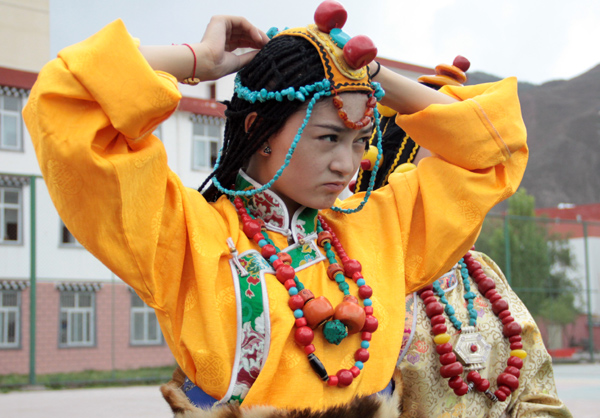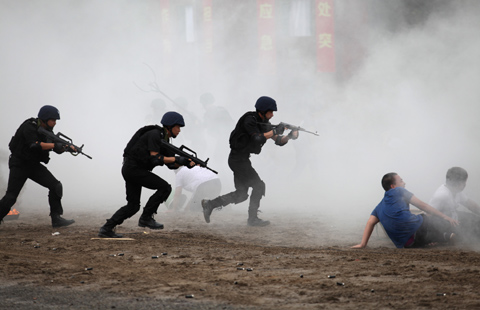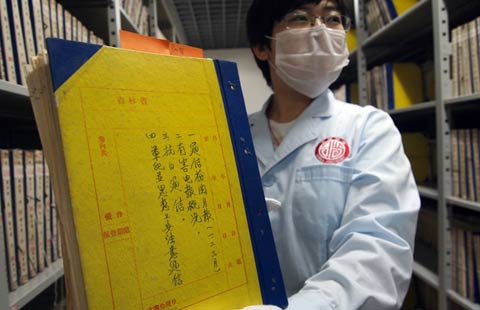Culture vultures swoop across the plateau
By Hu Yongqi and Da Qiong (China Daily) Updated: 2014-06-27 08:09
|
|
In Tibet, more than 1,000 forms of intangible culture now receive dedicated support from the local and central governments, and local authorities have conducted a comprehensive survey to record many aspects of the local culture, some of which have almost disappeared. The regional government also took a range of measures, such as increasing the subsidies paid to "inheritors" - people whose family members have passed down their knowledge, and are paid to maintain the traditional arts - to encourage a revival of indigenous culture among the younger generation.
Growing popularity
Gordro, which originated among farmers and herders, consists of two parts, the song and the dance itself, and its form differs from place to place. For example, in the herdsmen-dominated Nagchu prefecture, one sees a different style, more relaxed, yet wilder.
The dancers hold hands and form a circle. The music begins slowly, but the tempo increases and the dancers gather speed until they end the song with a frenzied shout of "Ya!" The dance doesn't require much technical ability and the moves are easy, factors that have greatly increased its popularity.
Two other local dances, including the biwang, which originated in Mangkam county, have also been taken under the wing of the national intangible culture protection system.
Yang Pei, who has a Han father and a Tibetan mother, learned the biwang from his grandfather. He often visits Liberation Square to help newcomers, gently correcting the movements of the uninitiated, especially tourists.
When Yang was a child, his family danced at home or in the cowshed. They only ventured into the fields to dance during the autumn harvest season. During one of these harvests, Yang began to imitate his grandfather's steps and learned the dance.
"At that time, kids could learn the moves, but weren't allowed to join the circle. However, Tibetans are born to dance and sing, unlike many people in China who work really hard but rarely have time to entertain themselves," Yang said with a giggle. "Later, we kids organized our own circle to 'compete' with the grownups."
When Yang was 18, he decided to become a professional dancer, but six years spent wandering around Lhasa, the capital of the autonomous region, wore away his ambitions and his desire to live in the city. So he returned to Qamdo in 2000, and became the lead performer of the 24-member Sanjiang Tea and Horse Arts Troupe, which performs at schools and in villages.
Nyima Tsering also takes his troupe to remote villages. "Our show targets farmers who rarely come to the town for entertainment because of their heavy workload," he said.
- Courts in China to look out for lawyers
- China to accelerate development of insurance sector
- Electric-car buyers to get
tax exemption - China's progress on health reform 'remarkable'
- China's next kungfu masters
- Mermaids splash coolness to Nanjing summer
- Li: Govt will boost input for healthcare
- Colleges to retest athletes who got gaokao bonuses
- Top court to raise judges' pay
- JV to pay maximum fine for polluting air








